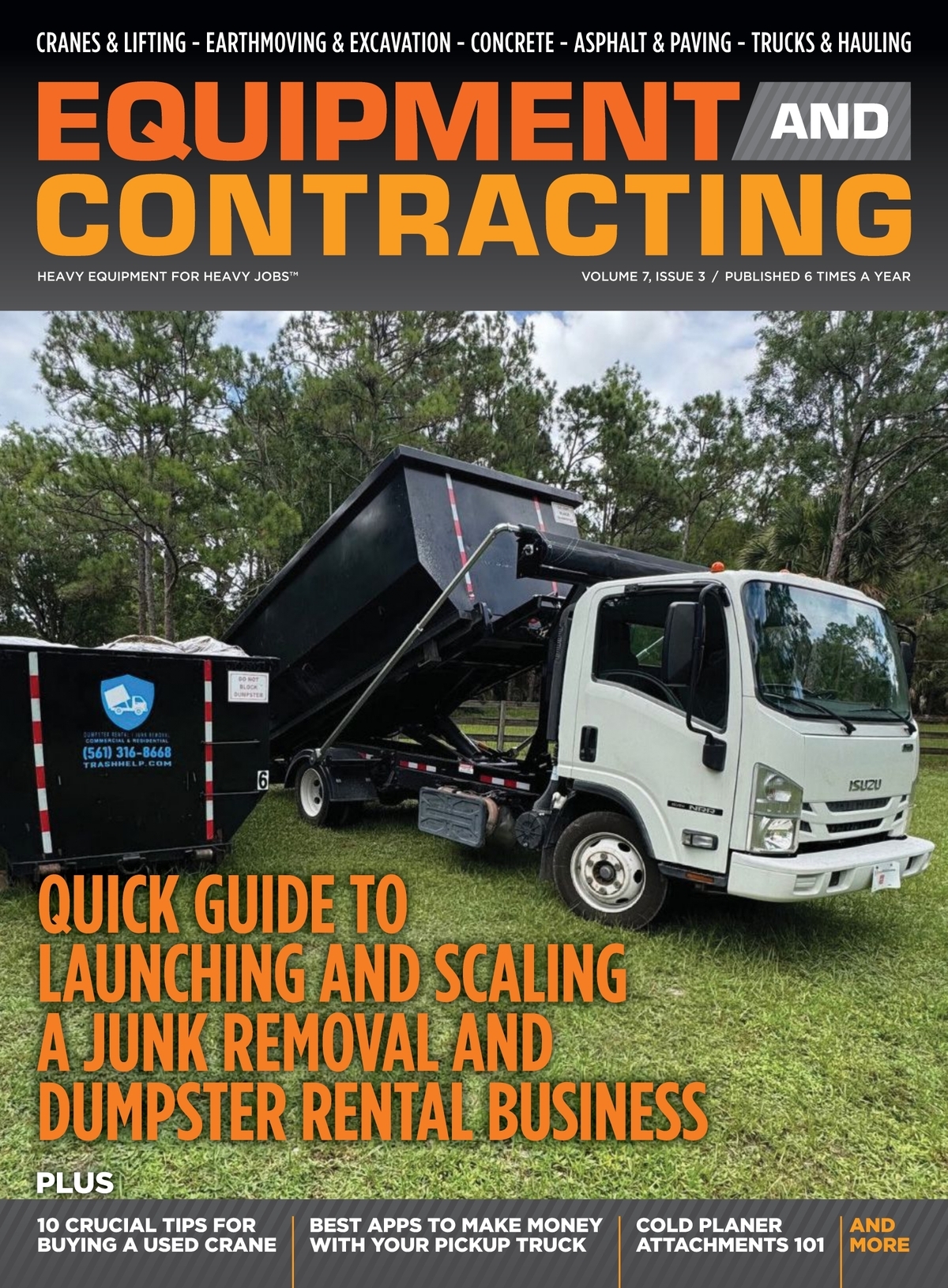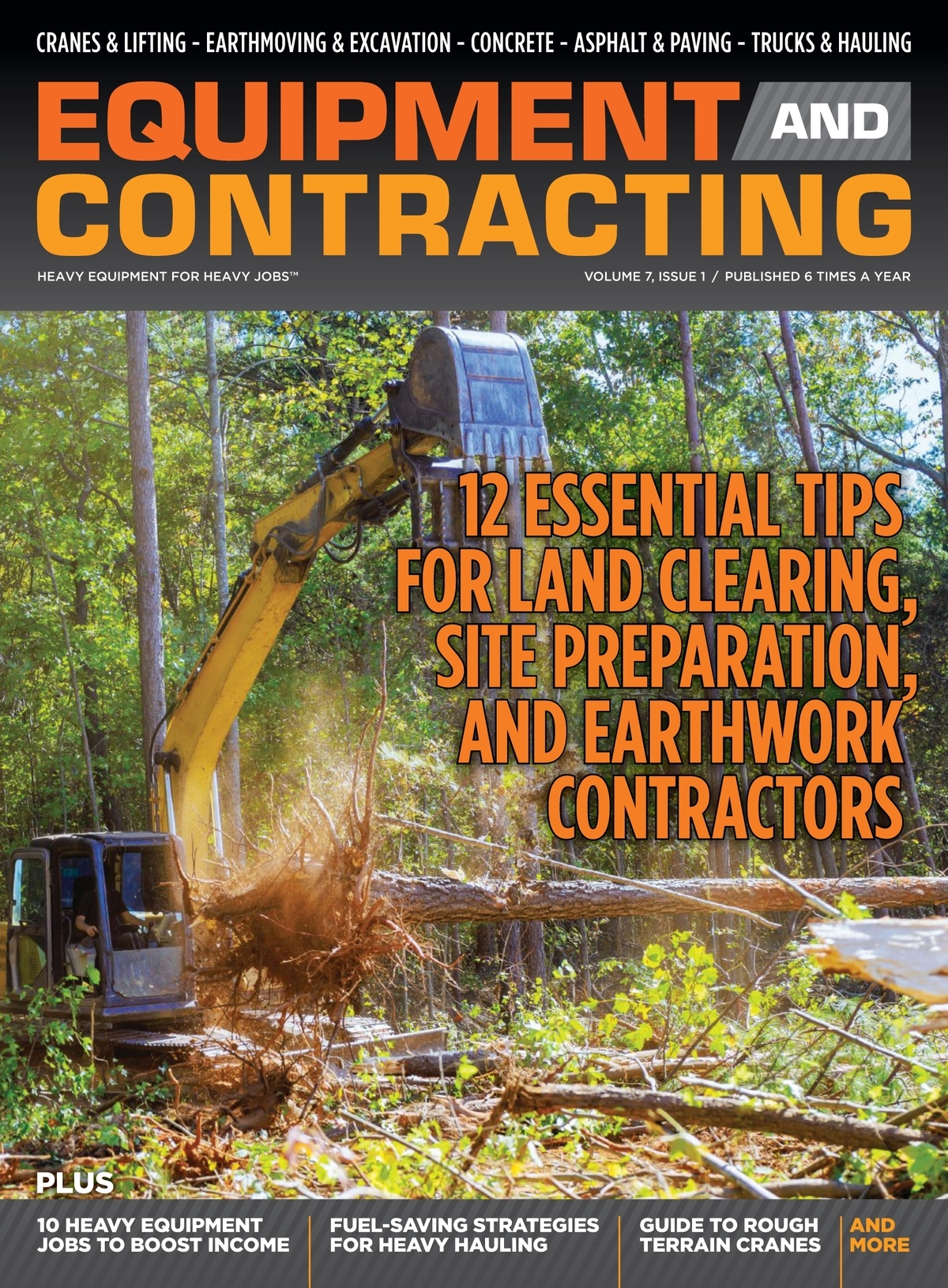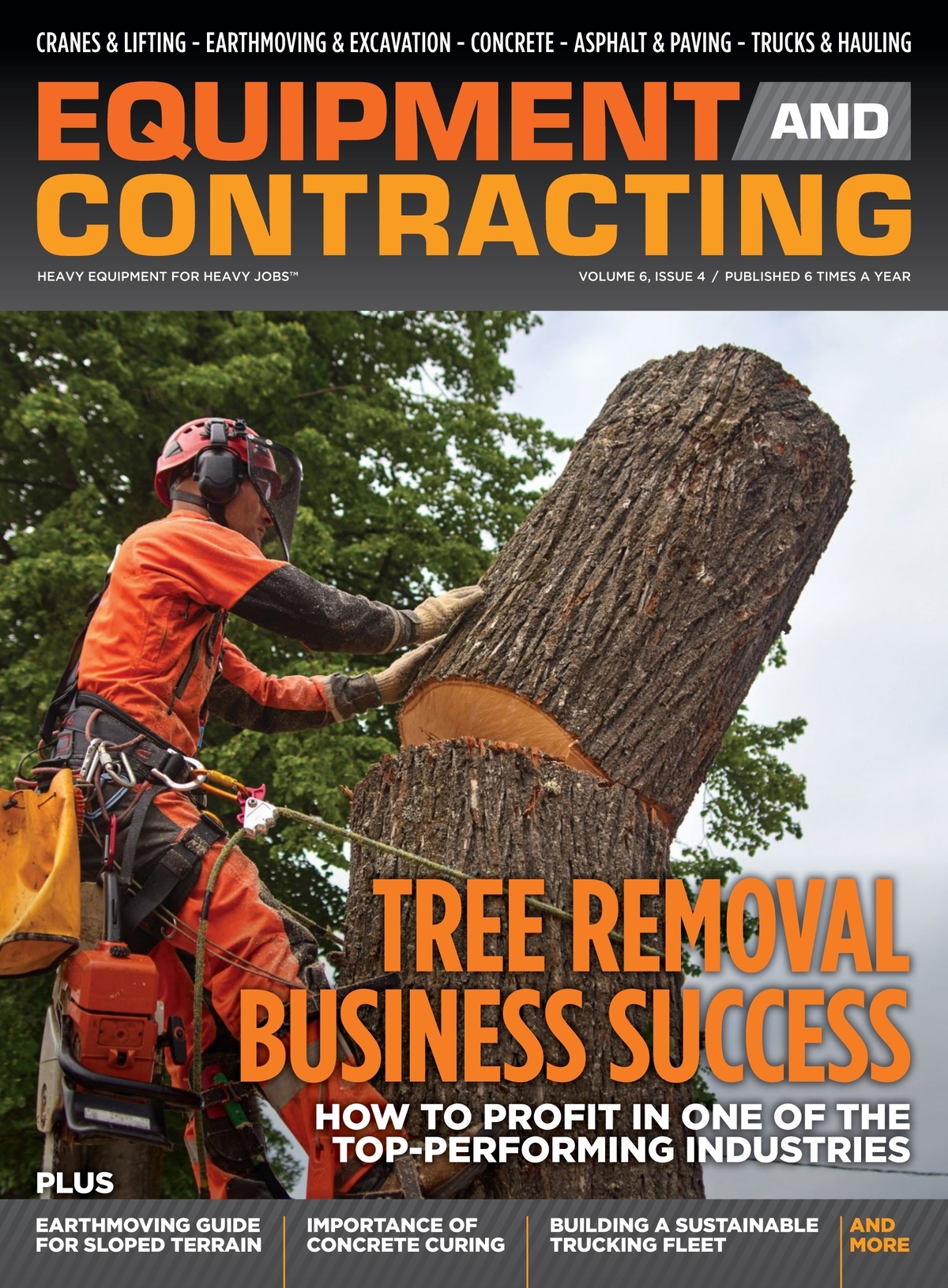
View the complete article here.
If you’re considering starting a tree removal business or looking to improve and scale your existing one, this guide is for you. It covers everything from understanding why tree removal businesses are successful to the essential steps for starting and scaling your business. You’ll learn about the high demand for tree removal services, seasonal opportunities, and diverse client bases that contribute to success in this industry. Additionally, the guide provides practical advice on market research, legal requirements, equipment, team building, and more.
Why Are Tree Removal Businesses So Successful?
Tree removal businesses thrive due to several key factors that contribute to their success and sustainability. From high demand driven by urbanization to the diversification of services and revenue streams, these businesses are well-positioned to meet the ongoing needs of various clients.
High Demand for Services
As cities expand and new properties are developed, trees often need to be removed or trimmed to make way for construction projects. This ongoing urbanization creates a continuous demand for tree removal services.
Property owners, both residential and commercial, require regular tree maintenance to ensure safety and aesthetics. Dead or overgrown trees can pose significant hazards, making professional tree removal services essential.
Seasonal Opportunities
Severe weather events such as storms, hurricanes, and heavy winds can cause significant damage to trees. Tree removal businesses are in high demand to clear fallen or damaged trees quickly to restore safety and accessibility.
Different seasons present various tree care needs. For example—winter is ideal for pruning, while summer often requires the removal of diseased or dead trees. This seasonality ensures a steady flow of work throughout the year.
Diverse Client Base
Many homeowners require tree removal services for safety, aesthetics, or to make room for new landscaping projects. This broad client base provides a stable market for tree removal businesses.
Businesses and commercial properties need regular tree maintenance to maintain a professional appearance and ensure safety for employees and customers.
Local governments and municipalities often contract tree removal services for public spaces, parks, and roadside maintenance—offering significant and stable business opportunities.
Recurring Revenue Streams
Offering ongoing maintenance contracts ensures a steady stream of income for tree removal businesses. These contracts often include services such as pruning, health assessments, and regular check-ups.
Providing 24/7 emergency tree removal services can be highly lucrative, especially during and after severe weather events. Quick response times and reliable service can establish a business as a trusted provider in the community.
Environmental Awareness
With growing awareness about environmental issues, more property owners are investing in the health and proper maintenance of their trees. Tree removal businesses that emphasize sustainable practices and tree health management can attract environmentally-conscious clients.
Many tree removal businesses are finding additional revenue streams by recycling and repurposing removed trees. This can include converting trees into mulch, lumber, or firewood—adding a sustainable and profitable aspect to the business.
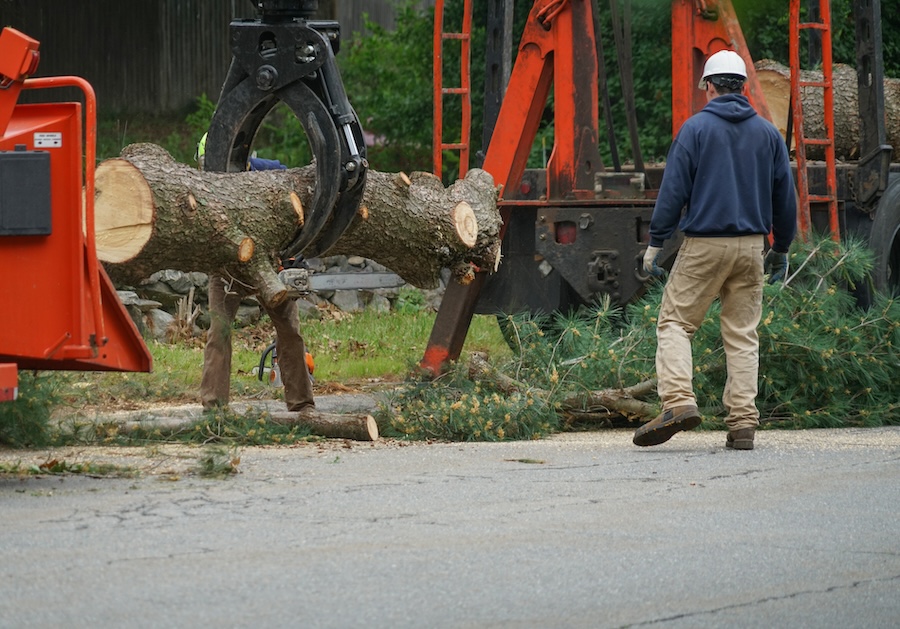
How to Start a Tree Removal Business
Starting a tree removal business involves careful planning, obtaining the necessary certifications, and equipping your team with the right tools and knowledge.
Market Research and Business Plan
Begin by analyzing the local market to understand the demand for tree removal services. Identify the needs of potential clients, the types of services they require, and the pricing they are willing to pay. Look for gaps in the market that your business could fill.
Determine who your target customers are (e.g., residential homeowners, commercial properties, municipalities) and study your competitors. Understand what services they offer, their strengths and weaknesses, and how you can differentiate your business.
Develop a comprehensive business plan outlining your business goals, strategies for achieving them, and the resources required. Include financial projections, marketing strategies, and operational plans to provide a clear roadmap for your business.
Legal Requirements and Certifications
Obtain the necessary licenses and permits required to operate a tree removal business in your area. This may include a business license, contractor’s license, and environmental permits.
Secure appropriate insurance coverage to protect your business from potential liabilities. General liability insurance, worker’s compensation insurance, and vehicle insurance are essential for tree removal businesses.
Consider obtaining professional certifications to enhance your credibility and expertise. The International Society of Arboriculture (ISA) offers a certified arborist program that can demonstrate your commitment to industry standards and best practices.
Equipment and Tools Needed
Invest in high-quality equipment essential for tree removal—including chainsaws, wood chippers, stump grinders, cranes, and trucks. Ensure that all equipment is well-maintained and suitable for the types of jobs you plan to undertake.
Provide your team with the necessary safety gear—such as helmets, gloves, eye protection, and harnesses. Adhering to safety protocols is crucial to prevent accidents and injuries on the job.
Establish a routine maintenance schedule to keep your equipment in optimal condition. Regular inspections, repairs, and replacements are necessary to ensure operational efficiency and safety.
Building a Skilled Team
Recruit skilled arborists and ground workers with experience in tree removal and maintenance. Look for individuals with strong work ethics, problem-solving abilities, and a commitment to safety.
Provide ongoing training to your team on the latest techniques, equipment use, and safety protocols. Regular safety meetings and drills can help reinforce the importance of safety on the job.
Offer competitive salaries, benefits, and opportunities for career growth to attract and retain talented employees. A positive work environment and recognition of employee contributions can improve job satisfaction and loyalty.
Marketing and Branding
Develop a memorable brand identity that reflects the values and services of your tree removal business. This includes a professional logo, business cards, and a cohesive brand message.
Implement a mix of online and offline marketing strategies to promote your business. Build an online presence through a professional website, social media platforms, and local business listings. Offline strategies may include local advertising, community events, and partnerships with other businesses.
Encourage satisfied customers to provide testimonials and refer your services to others. Word-of-mouth referrals are powerful in building trust and credibility in your local community.
Operations and Management
Utilize scheduling and job management software to streamline your operations. Efficient scheduling, tracking, and communication can enhance productivity and customer satisfaction.
Prioritize excellent customer service by being responsive, professional, and transparent with your clients. Clear communication about project timelines, costs, and expectations can help build strong client relationships.
Develop competitive pricing strategies that reflect the quality and value of your services. Implement effective financial management practices—including budgeting, invoicing, and accounting—to ensure the profitability and sustainability of your business.
Scaling a Tree Removal Business
Scaling your tree removal business involves expanding services, investing in new technology, broadening your geographical reach, and strengthening your brand and operations.
Expanding Service Offerings
As your business grows, consider expanding your service offerings to include additional tree care and landscaping services. This could include tree planting, landscape design, pest control, and garden maintenance. Diversifying your services can attract a broader client base and provide more revenue streams.
Offer specialized services such as tree health assessments, disease treatment, or advanced pruning techniques. These services can set your business apart from competitors and cater to clients looking for expert care.
Investing in Advanced Equipment and Technology
Invest in advanced equipment to improve efficiency and handle larger or more complex jobs. This can include state-of-the-art cranes, stump grinders, and safety gear. Upgraded equipment can increase productivity and allow you to take on more lucrative projects.
Utilize technology to streamline operations and enhance customer experience. Implement job management software, online booking systems, and customer relationship management (CRM) tools. Technology can help you manage your business more efficiently and provide better service to your clients.
Expanding Geographical Reach
Consider expanding your services to new geographical areas. This can involve opening new branches or partnering with local businesses in different regions. Expanding your reach can increase your client base and revenue potential.
Explore the possibility of franchising your business model. Franchising can help you grow your business quickly with the support of franchisees who invest in and operate new locations under your brand.
Building a Strong Brand and Online Presence
Enhance your marketing efforts to reach a wider audience. Invest in online marketing strategies such as search engine optimization (SEO), social media advertising, and content marketing. Create informative and engaging content that showcases your expertise and attracts potential clients.
Focus on building strong relationships with your clients through excellent customer service and engagement. Encourage satisfied customers to leave reviews and testimonials online. Positive reviews can enhance your reputation and attract more business.
Strengthening Operational Efficiency
Continuously evaluate and optimize your business processes to improve efficiency. Streamline workflows, reduce waste, and implement best practices to enhance productivity. Efficient operations can help you handle increased demand and maintain high-quality service.
Invest in the training and development of your team. Provide ongoing education on the latest industry standards, safety protocols, and customer service skills. A well-trained team can deliver exceptional service and contribute to the growth of your business.
Financial Management and Investment
Develop a robust financial plan that supports your growth strategy. Monitor your financial performance regularly and adjust your budget as needed. Secure financing or investment if required to support expansion efforts.
Reinvest a portion of your profits back into the business to fuel growth. This can include upgrading equipment, expanding your team, or enhancing marketing efforts. Reinvesting in your business can help sustain long-term growth and success.
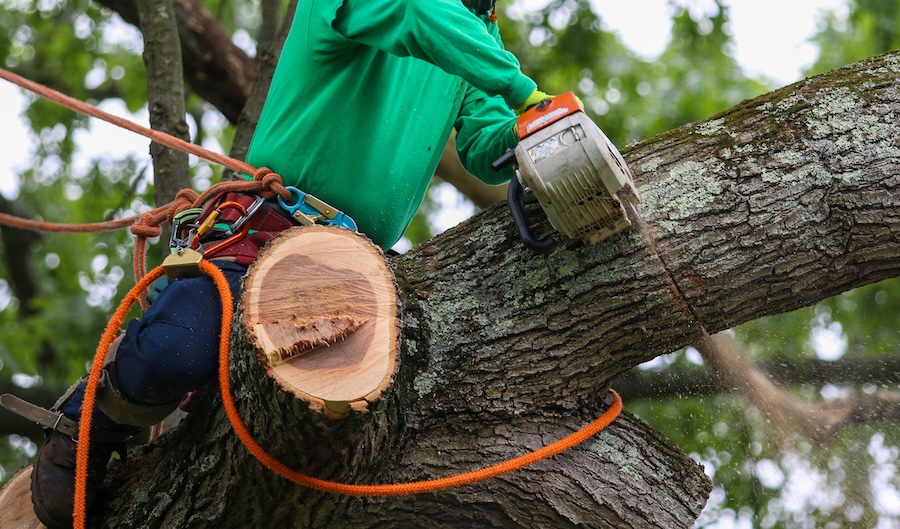
Challenges and Solutions
Every tree removal business faces various challenges, but with the right strategies these obstacles can be effectively managed.
Handling Competition
In a competitive market, it’s crucial to stand out from other tree removal businesses. Offer unique services such as emergency tree removal, tree health assessments, or eco-friendly disposal methods. Highlight your expertise, certifications, and use of advanced equipment in your marketing materials to attract customers looking for high-quality services.
Focus on customer satisfaction to build a loyal client base. Provide exceptional service, follow up with clients after jobs are completed, and offer loyalty programs or discounts for repeat customers. Positive word-of-mouth and referrals from satisfied clients can significantly boost your business.
Ensuring Safety
Safety should be a top priority in the tree removal business. Develop and enforce strict safety protocols for all operations. Ensure that all team members are trained in safety procedures and the proper use of equipment. Regularly review and update safety protocols to address new challenges and risks.
Provide ongoing training for your team on the latest safety standards and best practices. Conduct regular safety drills and meetings to reinforce the importance of safety. Staying informed about industry safety standards and regulations can help prevent accidents and injuries.
Managing Costs
Optimize the use of your resources to manage costs effectively. Schedule jobs efficiently to minimize travel time and fuel expenses. Maintain your equipment regularly to avoid costly repairs and downtime. Implement a system for tracking resource usage and identifying areas for improvement.
Explore cost-saving strategies such as bulk purchasing of supplies, negotiating better rates with suppliers, and reducing waste. Invest in energy-efficient equipment and practices to lower operational costs. Continuously monitor your expenses and adjust your budget as needed to maintain profitability.
Dealing with Regulations
Tree removal businesses must comply with various local and federal regulations. Stay informed about changes in laws and regulations that affect your operations. Join industry associations, subscribe to relevant publications, and participate in training programs to keep up-to-date with regulatory requirements.
Environmental laws can impact how you dispose of tree debris and manage your operations. Ensure that your business practices comply with environmental regulations, such as proper disposal of green waste and protecting wildlife habitats. Implement sustainable practices, such as recycling tree debris into mulch or firewood, to minimize your environmental impact and appeal to environmentally-conscious clients.
Final Thoughts
If you’re an entrepreneur with a strong work ethic, attention to detail, and a commitment to customer satisfaction—the tree removal business offers significant potential for growth and success. Utilize the tips and resources provided in this guide to lay a solid foundation for your business. Stay informed about industry trends and continuously seek ways to improve your operations. With the right planning, dedication, and continual improvement—your tree removal business can become a cornerstone in the community, offering both financial success and the satisfaction of making environments safer and more aesthetically pleasing.
View the complete article here.
What licenses and permits do I need to start a tree removal business?
To start a tree removal business, you need a business license, contractor’s license, and possibly environmental permits, depending on your location.
How can I ensure the safety of my team in the tree removal business?
Ensuring the safety of your team involves developing strict safety protocols, providing proper training, and equipping them with necessary safety gear.




